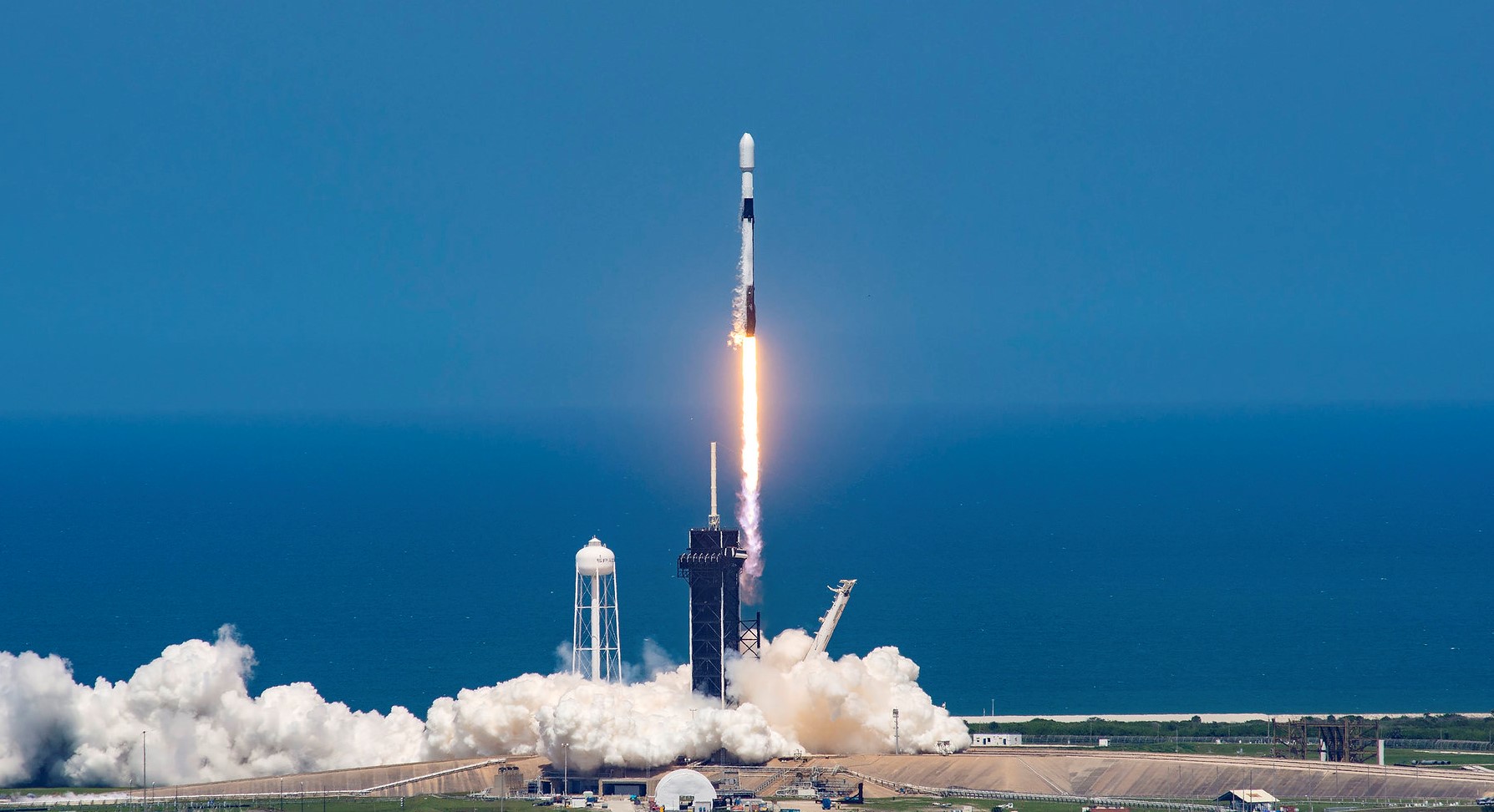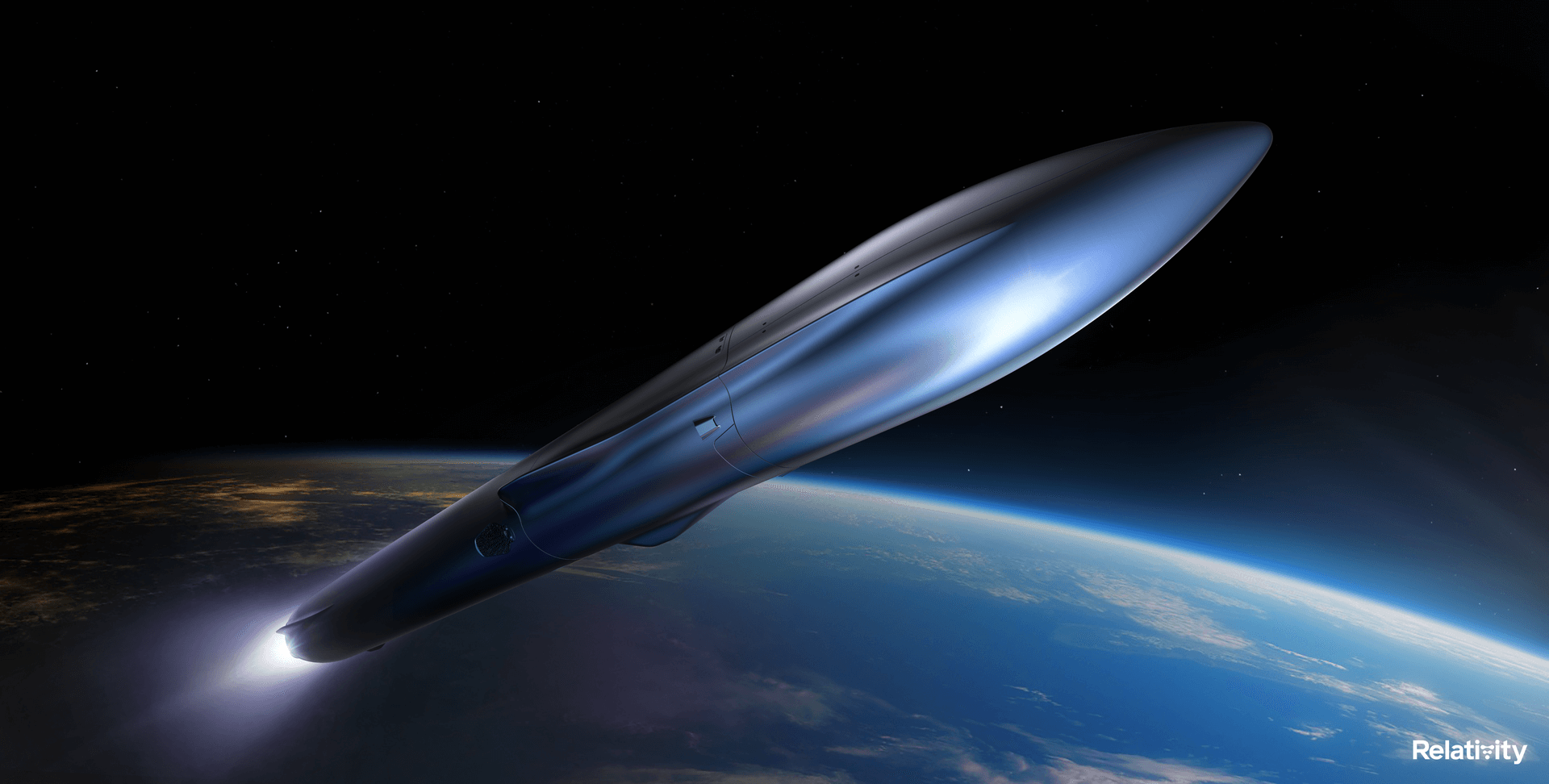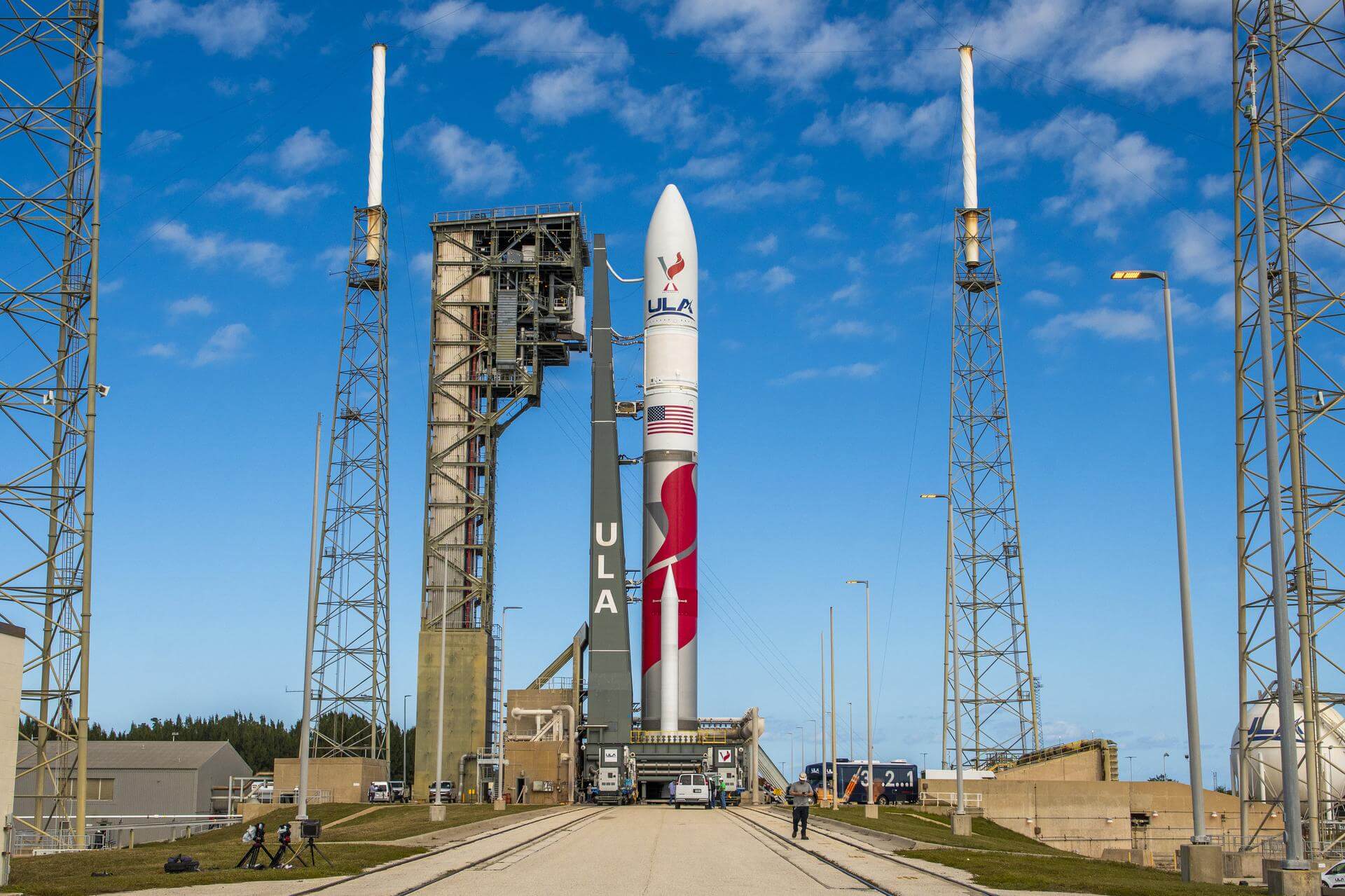Florida Launch Schedule
Upcoming launches out of Kennedy Space Center and Cape Canaveral AFB
Filter by Agency, Locations or Vehicles
Show All LaunchesFalcon 9 Block 5 | Telesat Lightspeed 4
SpaceX | United States of AmericaCape Canaveral SFS, FL, USA
TBD December, 2026
Falcon 9 Block 5 | Telesat Lightspeed 5
SpaceX | United States of AmericaCape Canaveral SFS, FL, USA
TBD December, 2026
Falcon 9 Block 5 | Telesat Lightspeed 6
SpaceX | United States of AmericaCape Canaveral SFS, FL, USA
TBD December, 2026
Falcon 9 Block 5 | Telesat Lightspeed 7
SpaceX | United States of AmericaCape Canaveral SFS, FL, USA
TBD December, 2026
Terran R | Intelsat-1
Relativity Space | United States of AmericaCape Canaveral SFS, FL, USA
TBD December, 2026
Vulcan | NROL-56
United Launch Alliance | United States of AmericaCape Canaveral SFS, FL, USA
TBD December, 2026
Vulcan | STP-5
United Launch Alliance | United States of AmericaCape Canaveral SFS, FL, USA
TBD December, 2026
Vulcan | SILENTBARKER 2/NROL-118
United Launch Alliance | United States of AmericaCape Canaveral SFS, FL, USA
TBD December, 2026
Vulcan | USSF-95
United Launch Alliance | United States of AmericaCape Canaveral SFS, FL, USA
TBD December, 2026
Vulcan | NROL-109
United Launch Alliance | United States of AmericaCape Canaveral SFS, FL, USA
TBD December, 2026
Falcon 9
Starlink Group 11-23
Space Launch Complex 4E - Vandenberg SFB, CA, USAA batch of 28 satellites for the Starlink mega-constellation - SpaceX's project for space-based Internet communication system.
Long March 2
Shenzhou 21
Launch Area 4 (SLS-1 / 921) - Jiuquan Satellite Launch Center, People's Republic of ChinaTenth crewed flight to the Chinese space station.
Falcon 9
Starlink Group 10-37
Space Launch Complex 40 - Cape Canaveral SFS, FL, USAA batch of 29 satellites for the Starlink mega-constellation - SpaceX's project for space-based Internet communication system.
Falcon 9
Starlink Group 11-21
Space Launch Complex 4E - Vandenberg SFB, CA, USAA batch of 28 satellites for the Starlink mega-constellation - SpaceX's project for space-based Internet communication system.
Falcon 9
Starlink Group 10-21
Space Launch Complex 40 - Cape Canaveral SFS, FL, USAA batch of 28 satellites for the Starlink mega-constellation - SpaceX's project for space-based Internet communication system.
Long March 3
Gaofen-14 02
Launch Complex 3 (LC-3/LA-1) - Xichang Satellite Launch Center, People's Republic of ChinaGaofen is a series of civilian Earth observation satellites developed and launched for the China High-definition Earth Observation System (CHEOS), a …
H3-24
HTV-X1
Yoshinobu Launch Complex LP-2 - Tanegashima Space Center, JapanFirst flight of the upgraded Japanese HTV-X spacecraft designed to resupply the International Space Station.
Falcon 9
Starlink Group 11-12
Space Launch Complex 4E - Vandenberg SFB, CA, USAA batch of 28 satellites for the Starlink mega-constellation - SpaceX's project for space-based Internet communication system.
Falcon 9
SpainSat NG II
Space Launch Complex 40 - Cape Canaveral SFS, FL, USASecond of two new-generation satellites built by Airbus to provide secure communications to the Spanish government, its allies, and various internati…
Long March 5
TJSW-20
101 - Wenchang Space Launch Site, People's Republic of ChinaChinese classified satellite claimed to be for communication technology test purposes. Actual mission not known.




